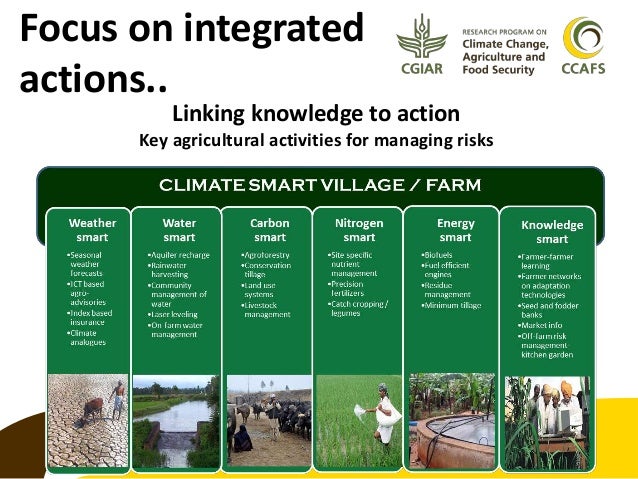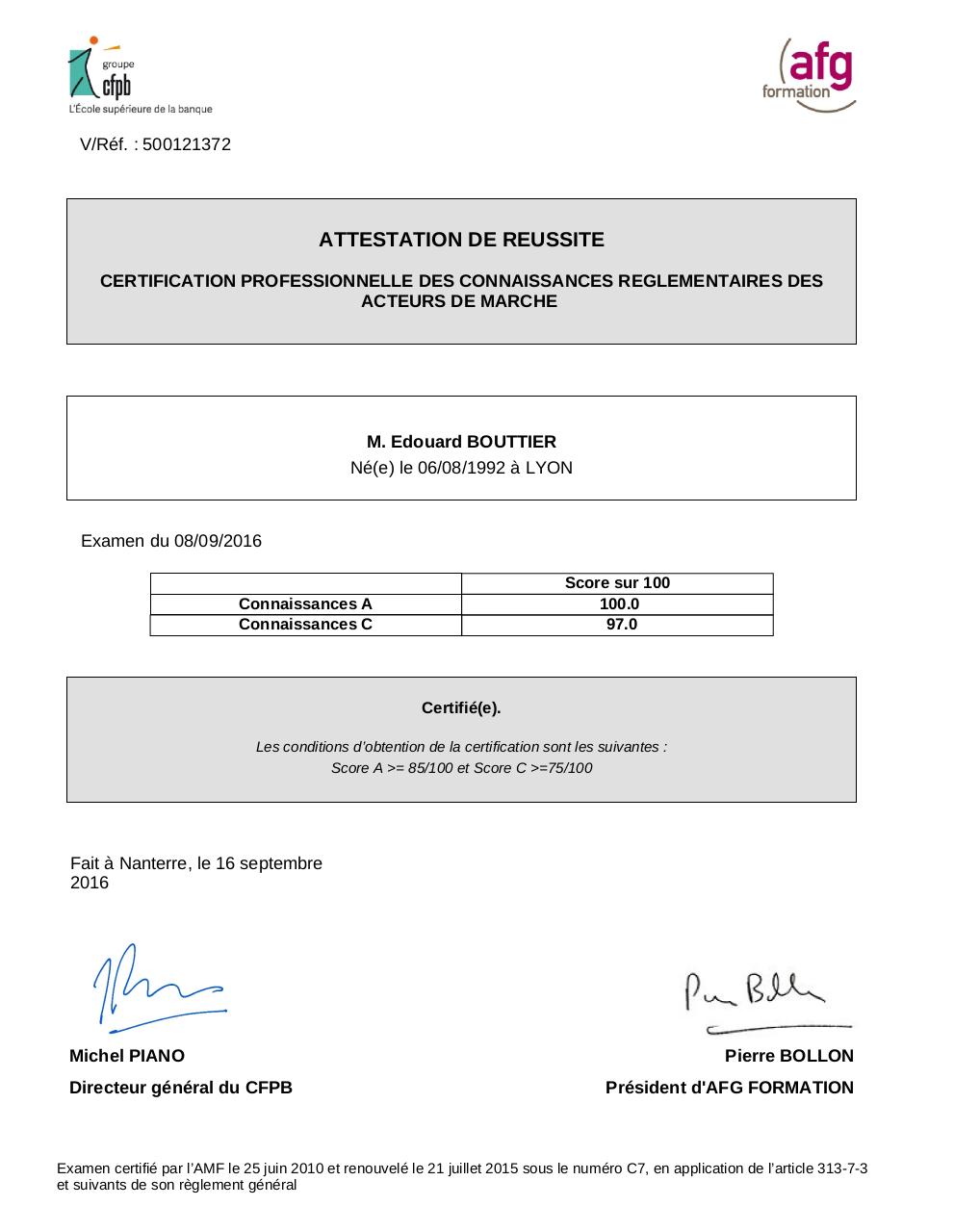Schneider Electric Brings Climate Smart Villages To Africa: A Sustainable Future

Table of Contents
Schneider Electric's Role in Creating Climate-Smart Villages in Africa
Schneider Electric is deeply committed to sustainable development in Africa, recognizing the urgent need for accessible, reliable, and clean energy. Their overall strategy focuses on empowering communities through access to energy while simultaneously mitigating the impact of climate change. This involves a multifaceted approach encompassing various aspects of energy provision and consumption.
- Specific Projects: Schneider Electric has undertaken numerous projects, including the installation of solar mini-grids that provide electricity to remote villages previously without access. They've also implemented energy-efficient housing solutions, reducing energy consumption and lowering reliance on unsustainable fuel sources. Examples include projects in rural Kenya and Nigeria, which have demonstrated impressive results.
- Partnerships: Success hinges on collaboration. Schneider Electric works closely with local communities, governments, and NGOs to ensure projects are culturally appropriate, sustainable, and meet the specific needs of each village. This participatory approach fosters ownership and ensures long-term success.
- Quantifiable Results: These initiatives have demonstrably positive impacts. For instance, Schneider Electric's projects have brought electricity to thousands of homes, improved access to healthcare and education, and created numerous local jobs, fueling economic growth within the communities.
Key Technologies Driving Sustainability in African Villages
The success of Schneider Electric's climate-smart village initiatives relies on leveraging cutting-edge, sustainable technologies. The focus is on renewable energy and energy efficiency to build resilient and self-sufficient communities.
- Solar Power Systems: Photovoltaic (PV) solar panels are the cornerstone of many projects, providing a clean and reliable source of electricity. Solar thermal systems are also employed to heat water, further reducing reliance on fossil fuels.
- Energy Storage Solutions: Batteries are crucial for storing excess solar energy, ensuring a continuous supply of electricity even during nighttime or periods of low sunshine. This addresses the intermittency of solar power, making it a more reliable source.
- Smart Grids and Microgrids: These technologies optimize energy distribution and management, ensuring efficient use of available resources. Microgrids allow for localized energy generation and distribution, increasing resilience to larger grid failures.
- Energy-Efficient Appliances and Lighting: Schneider Electric promotes the use of energy-efficient appliances and LED lighting to minimize energy consumption within homes and public spaces. This reduces the overall energy demand and lowers operating costs.
- Water Management and Agricultural Technologies: Sustainable water management and agricultural technologies are also integrated into some projects, promoting food security and reducing the environmental impact of farming practices.
The Impact on Communities: Improved Lives and Environmental Sustainability
The impact of these climate-smart village projects extends far beyond simply providing electricity. They bring about transformative changes in the lives of villagers and contribute significantly to environmental sustainability.
- Improved Access to Essential Services: Electricity powers lighting, enabling children to study at night and improve their education. It also supports healthcare facilities and allows access to crucial information and communication technologies.
- Economic Empowerment: The projects create jobs in installation, maintenance, and operation of the systems, fostering economic growth within the communities. This empowers local people and strengthens the local economy.
- Improved Health and Sanitation: Access to clean energy improves hygiene and sanitation practices, reducing the incidence of waterborne diseases and improving overall health outcomes.
- Reduced Carbon Emissions: The shift from polluting fuels like kerosene and firewood to clean solar energy significantly reduces carbon emissions, contributing to climate change mitigation efforts.
- Enhanced Agricultural Productivity: Sustainable agricultural practices and access to reliable irrigation systems, often powered by solar energy, boost agricultural yields and improve food security.
Challenges and Future Plans for Climate-Smart Village Development
While the achievements are significant, implementing these projects faces challenges.
- Infrastructure Limitations: Building the necessary infrastructure in remote areas can be challenging, requiring significant investment and logistical planning.
- Funding: Securing sufficient funding for these large-scale initiatives is crucial for their continued success.
- Community Engagement: Ensuring community buy-in and participation is vital for the long-term sustainability of these projects. Schneider Electric works diligently to educate and empower local communities.
Schneider Electric's future plans include:
- Ongoing R&D: Continuous investment in research and development to improve existing technologies and explore new sustainable solutions.
- Overcoming Logistical Hurdles: Developing innovative approaches to overcome logistical challenges and reach even the most remote communities.
- Expansion Plans: Scaling up the initiative to reach more underserved communities across Africa, expanding access to clean energy and sustainable development.
- Collaboration: Strengthening partnerships with governments, NGOs, and other organizations to maximize impact and ensure project success.
Conclusion
Schneider Electric's climate-smart village program in Africa represents a significant step towards a sustainable future for the continent. By providing access to clean energy and promoting sustainable practices, Schneider Electric is improving the lives of thousands of people and mitigating the impact of climate change. The program’s success demonstrates the power of innovation, partnership, and commitment to creating a brighter, more sustainable future. Learn more about building climate-smart communities in Africa and discover how Schneider Electric is creating a sustainable future with climate-smart villages by visiting [link to Schneider Electric's relevant webpage].

Featured Posts
-
 Analyse Du Document Amf Cp 2025 E1029244 D Edenred Pour Les Investisseurs
Apr 30, 2025
Analyse Du Document Amf Cp 2025 E1029244 D Edenred Pour Les Investisseurs
Apr 30, 2025 -
 Nearly 200 Layoffs Hit Disneys Television And Abc News Operations
Apr 30, 2025
Nearly 200 Layoffs Hit Disneys Television And Abc News Operations
Apr 30, 2025 -
 Suspecting Adult Adhd A Practical Guide To Next Steps
Apr 30, 2025
Suspecting Adult Adhd A Practical Guide To Next Steps
Apr 30, 2025 -
 Post Inauguration Report Trumps Speech Before Congress
Apr 30, 2025
Post Inauguration Report Trumps Speech Before Congress
Apr 30, 2025 -
 Where To Watch Ru Pauls Drag Race Season 17 Episode 9 Without Cable
Apr 30, 2025
Where To Watch Ru Pauls Drag Race Season 17 Episode 9 Without Cable
Apr 30, 2025
Latest Posts
-
 La Fires Fuel Landlord Price Gouging Claims A Selling Sunset Star Speaks Out
Apr 30, 2025
La Fires Fuel Landlord Price Gouging Claims A Selling Sunset Star Speaks Out
Apr 30, 2025 -
 S And P 500 Volatility Strategies For Managing Downside Risk
Apr 30, 2025
S And P 500 Volatility Strategies For Managing Downside Risk
Apr 30, 2025 -
 Volatility Ahead Secure Your S And P 500 Investments With Downside Insurance
Apr 30, 2025
Volatility Ahead Secure Your S And P 500 Investments With Downside Insurance
Apr 30, 2025 -
 Delayed Launch Blue Origins Rocket Grounded By Subsystem Issue
Apr 30, 2025
Delayed Launch Blue Origins Rocket Grounded By Subsystem Issue
Apr 30, 2025 -
 Warning From Retailers Tariff Related Price Increases On The Horizon
Apr 30, 2025
Warning From Retailers Tariff Related Price Increases On The Horizon
Apr 30, 2025
